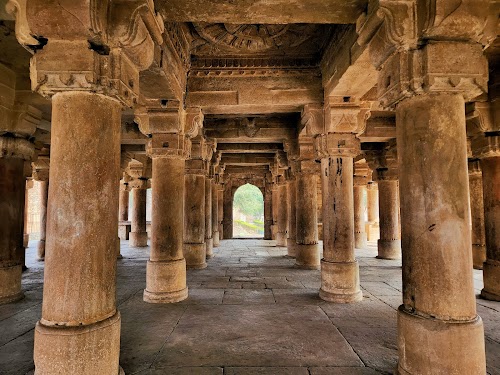
Assi Khamba Ki Bawadis
Gwalior, India
- Capture photos of intricate carvings.
- Enjoy the peaceful atmosphere.
- Explore the ancient stepwell architecture.
- Learn about water conservation history.
Known for:
Description:
Assi Khamba Ki Bawadis, located in Gwalior, is an ancient stepwell complex offering a glimpse into the region's rich architectural heritage. These stepwells, characterized by their unique structure with numerous pillars (assi khamba meaning eighty pillars, although the exact number may vary), served as vital water reservoirs and community gathering spaces. The intricate carvings and the sheer scale of the construction are testaments to the ingenuity of the builders. While not as widely known as some of Gwalior's other attractions, Assi Khamba Ki Bawadis provides a tranquil escape and a chance to appreciate the historical significance of water management in the region. Visitors can explore the stepwells, admire the architectural details, and imagine the bustling life that once surrounded these vital water sources. The site offers a unique photographic opportunity and a chance to connect with the past.
History:
The exact origins and construction period of Assi Khamba Ki Bawadis are somewhat shrouded in mystery, with varying accounts and limited historical records. It is believed that the stepwells were constructed several centuries ago, potentially during the reign of the Tomar rulers or even earlier. Stepwells, also known as 'bawadis' or 'vavs', were crucial for water conservation and served as community hubs in arid regions. The Assi Khamba Ki Bawadis likely provided a reliable water source for the local population, especially during dry seasons. Over time, with the advent of modern water infrastructure, the stepwells gradually fell into disuse and disrepair. However, recent efforts to preserve and restore these historical structures have helped to revive interest in their significance and architectural beauty, ensuring that this important piece of Gwalior's heritage is not forgotten.